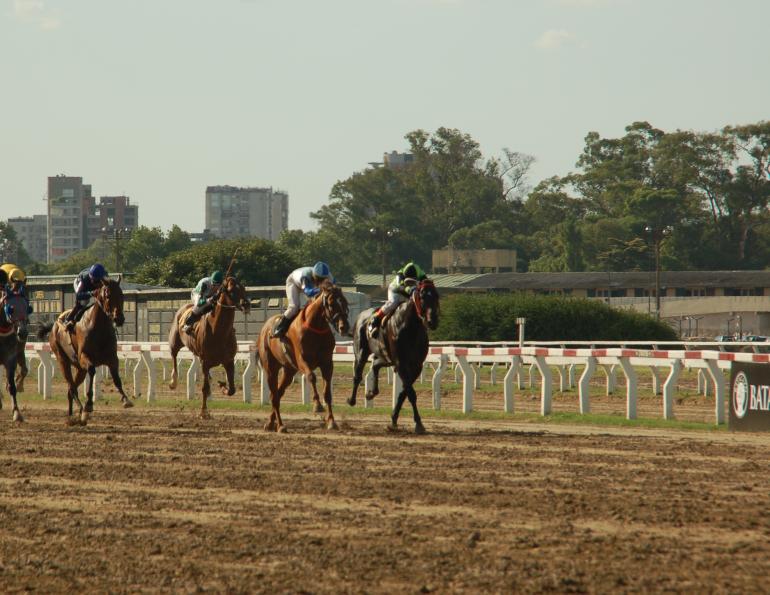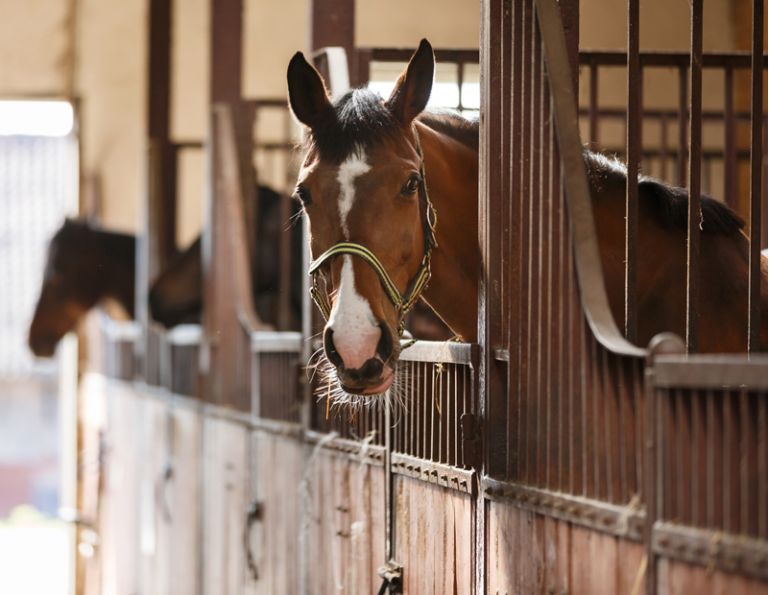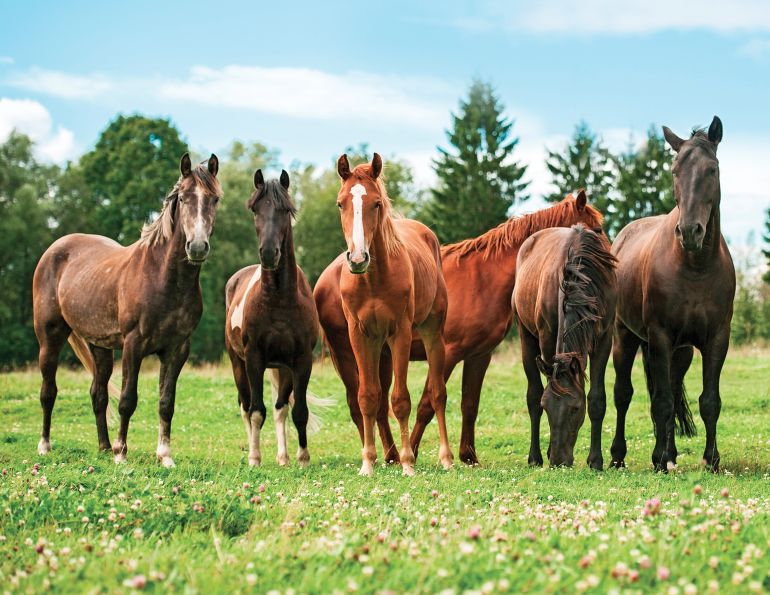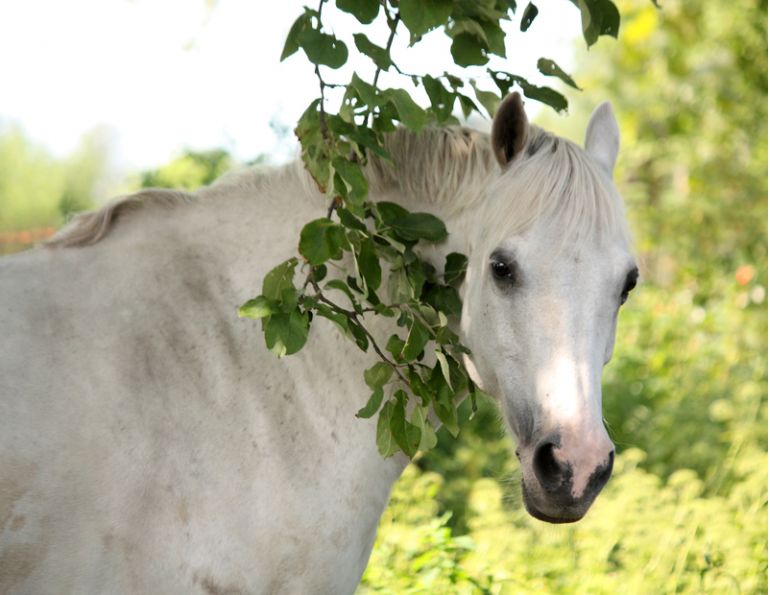By Margaret Evans
What makes a Thoroughbred a successful racehorse?
While it is true that nutrition and training are critical factors, according to recent research, determining a horse’s best racing distance and athletic abilities might all be in the genes.
According to a recent press release from the University College Dublin (UCD), a study by Equinome and UCD’s School of Agriculture, Food Science, and Veterinary Medicine reported a major breakthrough by demonstrating that the genetic marker used in the Equinome Speed Gene Test to identify the optimum racing distance for individual Thoroughbred horses is the most powerful indicator of its type.
Equinome, an Irish biotech UCD spin-out company, was cofounded in 2009 by Dr. Emmeline Hill and renowned Irish racehorse breeder and trainer Jim Bolger. It is headquartered in the University’s Innovation and Technology Transfer Centre and is a leading equine genomics organization. Their four recently published scientific papers describe significant advances in the understanding of the genes that contribute to the horse’s athletic performance.
Using new technologies that allow screening of thousands of genetic markers across the equine genome, a detailed study was done to assess the statistical and predictive power of the genetic variant in the myostatin gene (MSTN), which scientists had already identified as being strongly associated with race distance aptitude in Thoroughbreds. That information had come to light during the genome-wide association study (GWAS) for a specific performance trait in any athletic species, and the segment of chromosome 18 encompassing the gene encoding myostatin was identified as the genomic region with the strongest association for race distance.
Coincidentally, a separate study done by researchers at the Japanese Laboratory of Racing Chemistry (LRC) in Animal Genetics also identified the region encompassing the myostatin gene to be associated with predicting the best racing distance.
“It is expected that the three genetic markers may be included as genetic diagnostic markers for racing performance measures,” said Dr. Teruaki Tozaki, lead author of LRC’s paper.
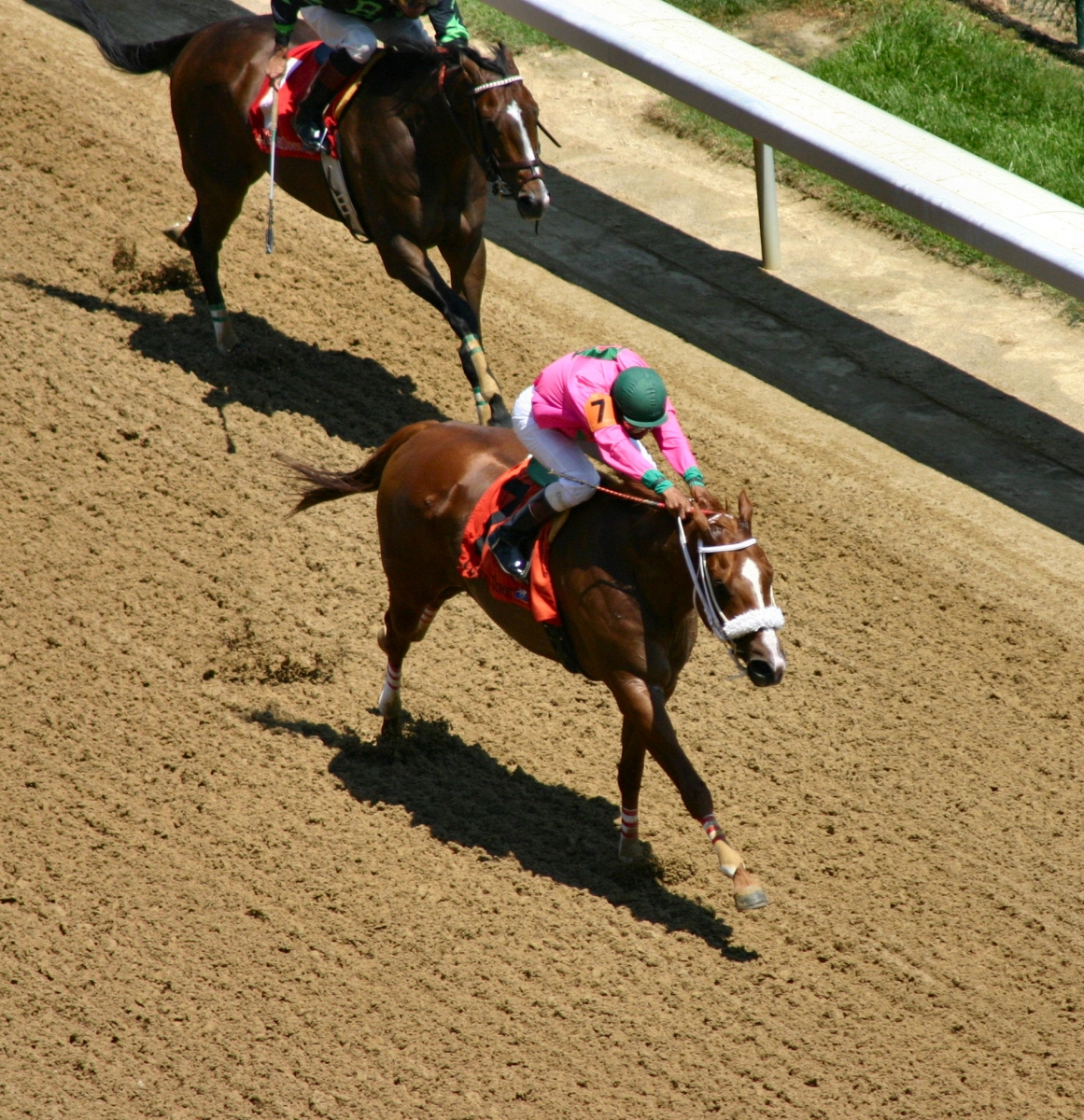
The myostatin gene has been identified as being strongly associated with race distance aptitude in Thoroughbreds. New genetic technologies could change the way Thoroughbreds are bred, bought and sold, trained, and raced in the future.
“Importantly, our study supports the research of University College Dublin’s Dr. Emmeline Hill published earlier this year (2010) that identified a genetic marker in myostatin as a predictor of best race distance.”
The outcome of these studies certainly suggest that racing performance or athletic ability is an inherited trait upon which nutrition and training builds to maximize a horse’s threshold ability.
“Independent validation of scientific studies is crucial to the integrity of the development of genetic tests that will have real value in breeding, racing, and selection decisions,” said Dr. Emmeline Hill. “The study by Dr. Teruaki Tozaki and colleagues at the LRC is a thorough and robust study that has further contributed to the scientific merit of the Equinome Speed Gene Test.”
Another study conducted by Equinome and UCD examined the role of molecular signalling pathways in the physical response of skeletal muscle under different levels of activity. It showed that specific sets of genes are central to a horse’s performance racing at different distances, which involve different physiological and metabolic demands.
The Thoroughbred racing and breeding industry is an international multi-billion dollar enterprise, yet methods to breed and raise a winning racehorse have remained virtually unchanged for centuries. New technologies such as the Equinome Speed Gene Test could change how breeders and trainers identify and assess if a horse is suited to racing over short, middle, or long distances. This then dictates purchase and breeding options, training protocols, and race schedule targets. Broodmare and stallion owners as well as bloodstock agents could use the test to make more precise decisions about investment in racehorse stock and breeding potentials. Results of the test are available within weeks.
Main photo: Two recent studies have shown that a Thoroughbred’s optimal racing distance and athletic ability are determined by his genes.



